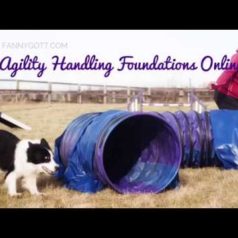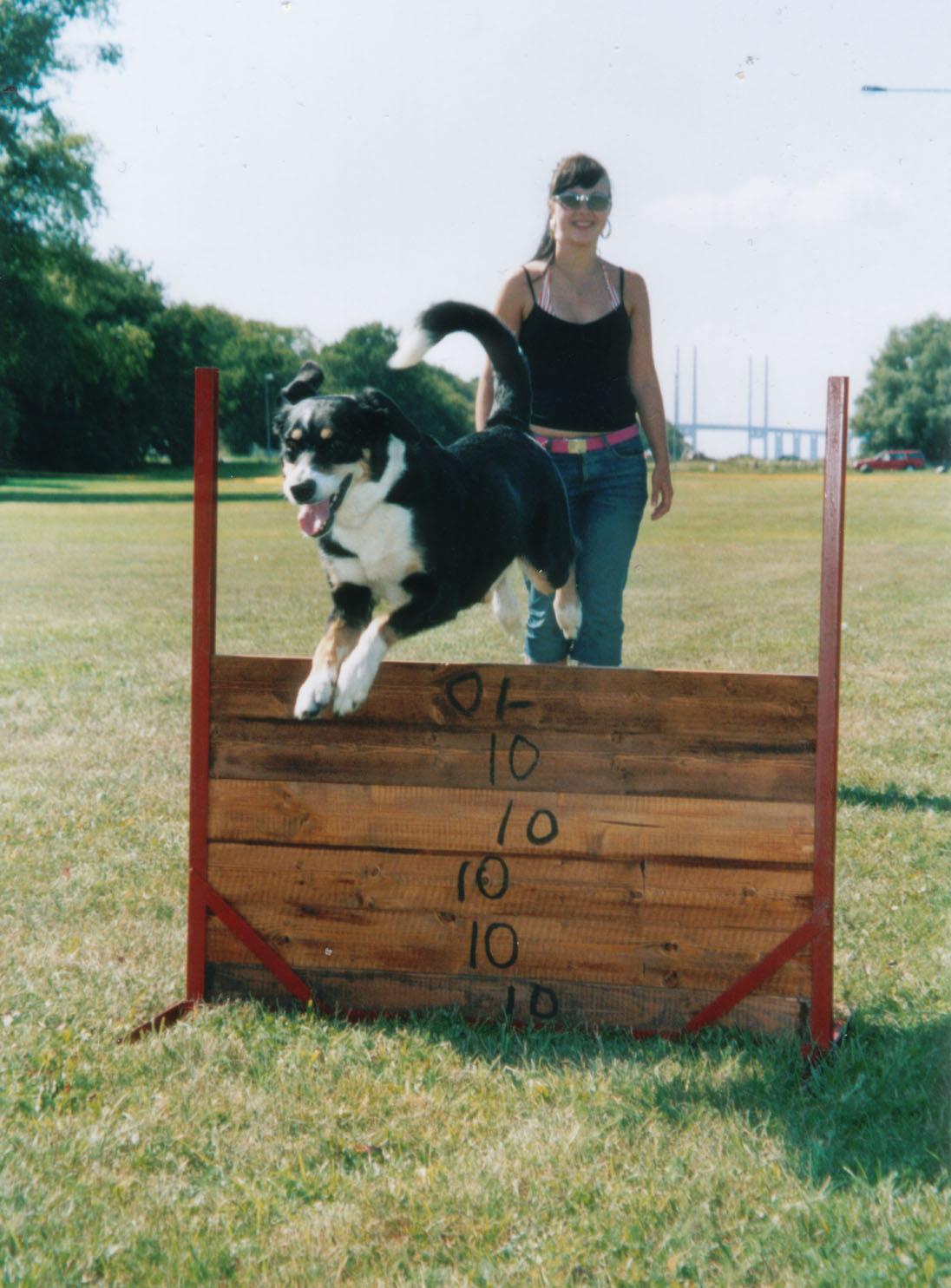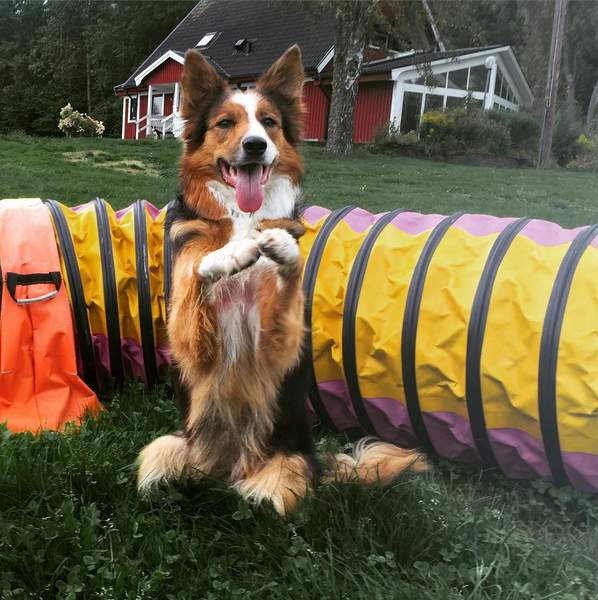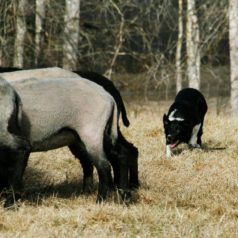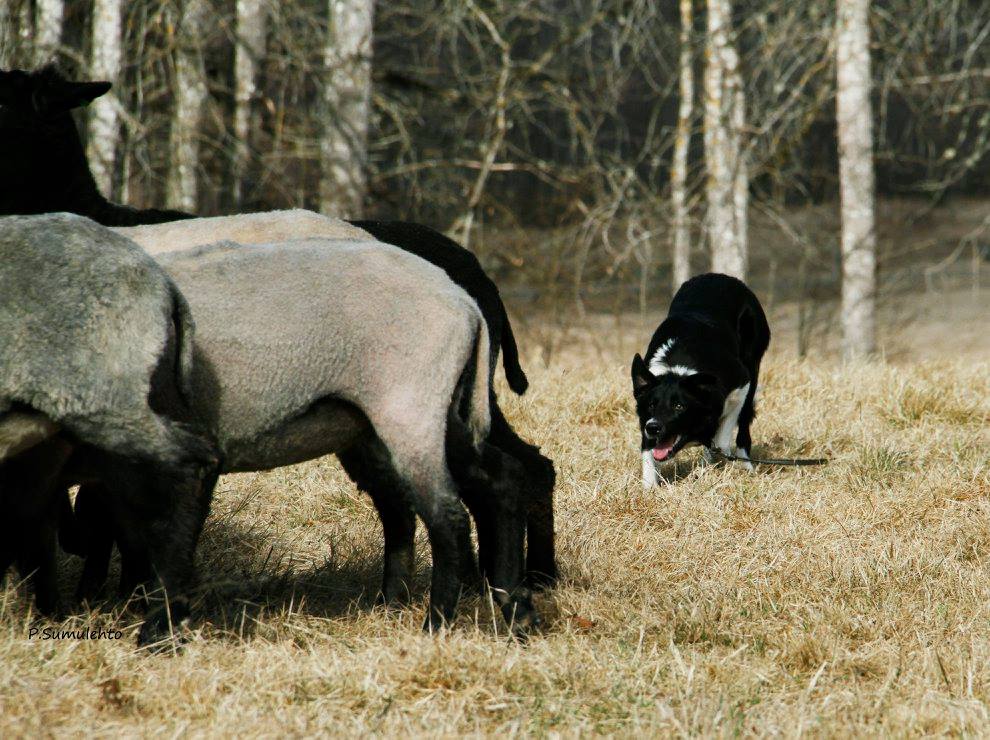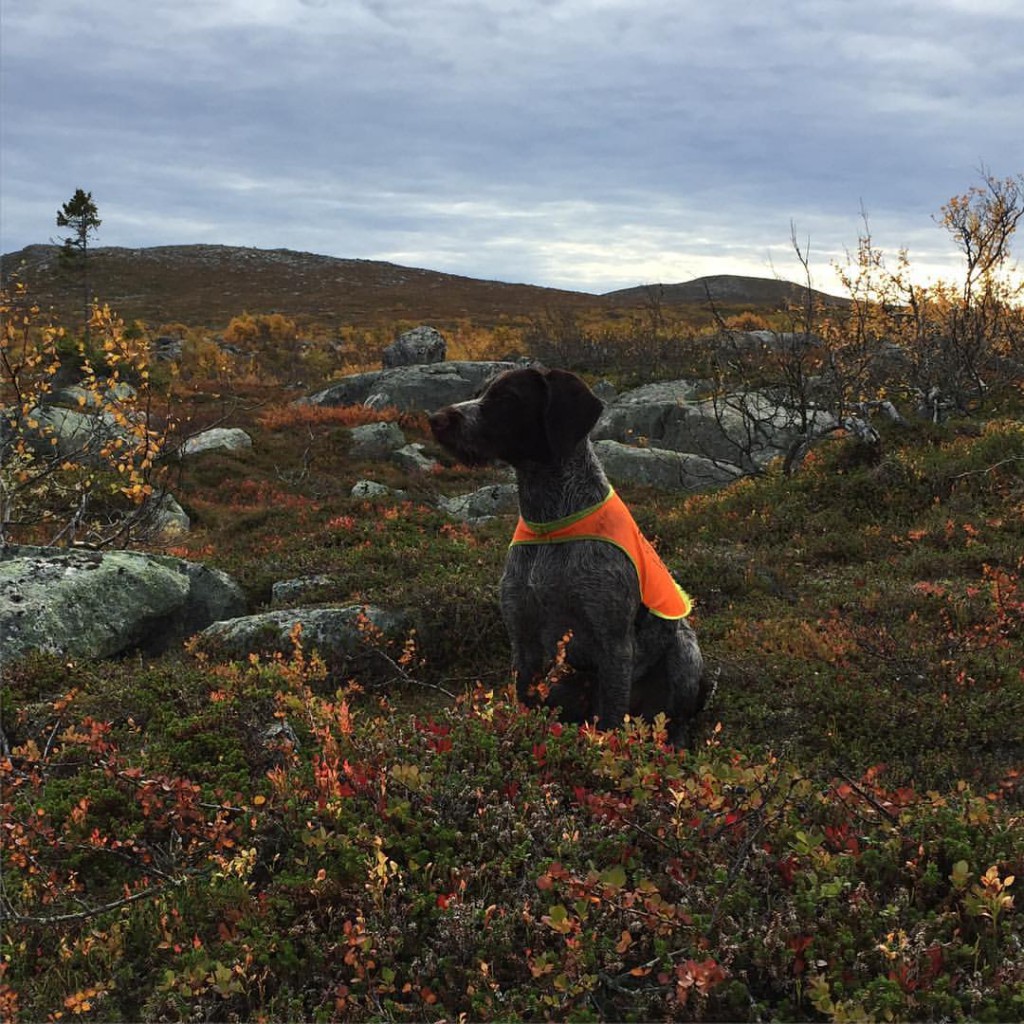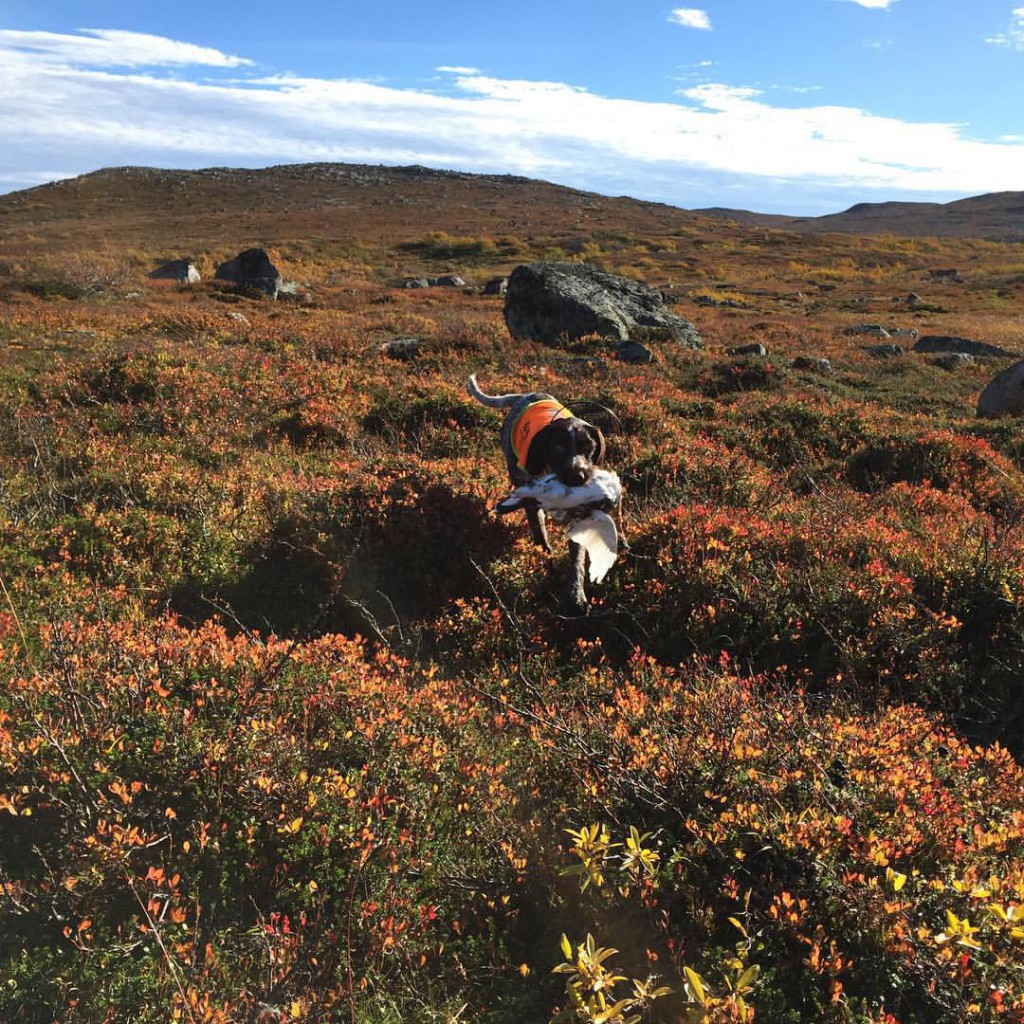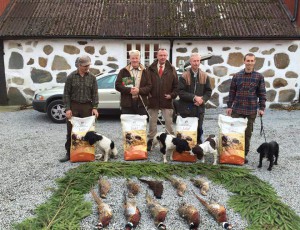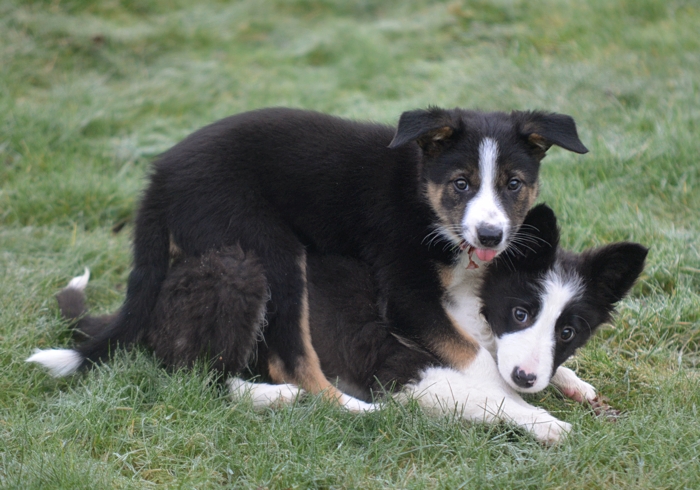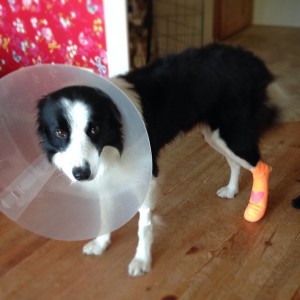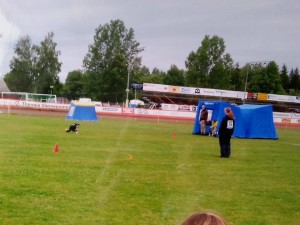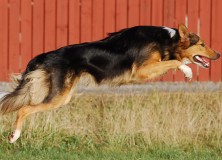
Jumping Gymnastics
My first introduction to jump grids was more than 10 years ago, when both Shejpa – my working cocker spaniel – and I were quite new to agility training. Since then, I have tried to learn more from different sources and develop my own understanding of jumping. In the beginning, I just followed instructions and tried to learn more about how dogs move and jump. It took some time to start seeing the nuances in movement, and even longer to begin to understand what is important and what it means for the dog’s performance. Jump grids have turned out to be an essential part of my agility training for dogs at all levels, especially during winter when we spend less time running sequences and more time building strength for next season.
It’s important to know why we do the jump grids that we do and what we want to achieve in the exercise. Just using the same setup for all dogs doesn’t make sense once you’re past the introductory phase, Jumping gymnastics and jump grids can be used for a variety of reasons, for example:
- Teaching the young dog to use their body in jumping in a way that is both efficient and sound.
- Reducing impact on back and front in landings.
- Helping the dog to develop scope and confidence between jumps.
- Building drive, independence, and confidence in the slower dog.
- Teaching the crazier dog to be thoughtful while running fast.
- Teaching the dog to be careful with bars.
- Developing the dog’s footwork and ability to accelerate in collection.
- Building sport-specific strength at any level – young dogs, elite dogs, dogs coming back to agility after an injury, or older dogs wanting to stay in the sport.
- Teaching more efficient turning over jumps.
My plan for Spy is very different from what I do with Bud this winter, Spy needs to learn good jump mechanics – especially with speed and excitement. We’re gradually building good habits and adding excitement to the mix. Bud is working on maintaining and building sport-specific strength, and I’m also trying to teach him a more efficient turning style where he doesn’t slip as much without losing his amazing speed. He’s the first dog that I’ve had that has trouble on indoor surfaces like the turf most dog training arenas here use. He tries to turn on landing sometimes, which puts a lot of strain on his front legs or makes him slip and fall. Epic is also on a mission to start next season much stronger than he is now. Almost a year away from agility at age 8 means loss of speed and power, unfortunately.
Here’s an example of a Friday night jump training for Bud a few weeks ago:
I’ve taught online jumping classes in Swedish for several years and it’s one of my favorite online classes. I like to do seminars too, but working online gives the students a much better chance at learning to see for themselves since there’s video to look at. Online classes also allow for more development, since we’re working together for months and can tweak exercises to give each dog the exercises he needs most at the moment. This online class is now finally available in English. It’s run in a closed Facebook group where exercise files are posted and participants post their videos. You can start this class any month you like and you’ll have access for three months. If you sign up now, you can start on January 1st and work until March 31st.
Please leave a comment if you have any questions about jumping or the online class.


